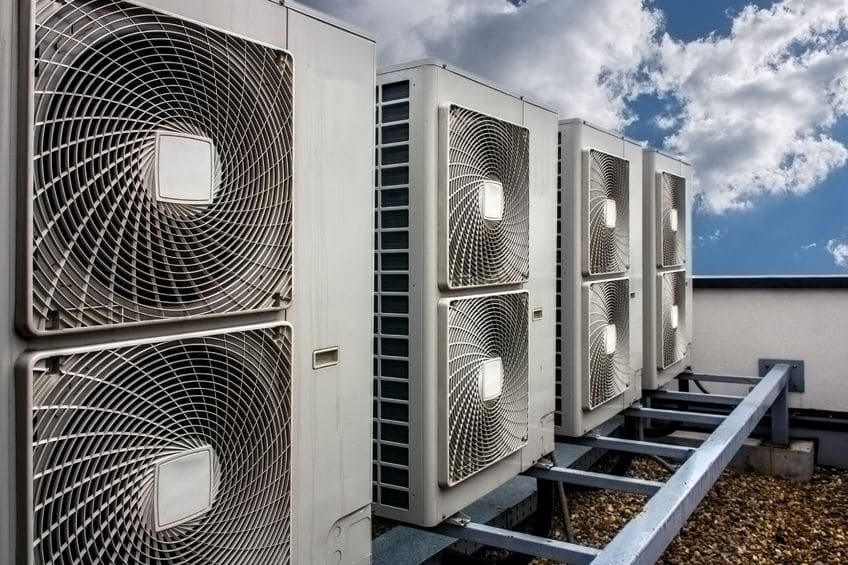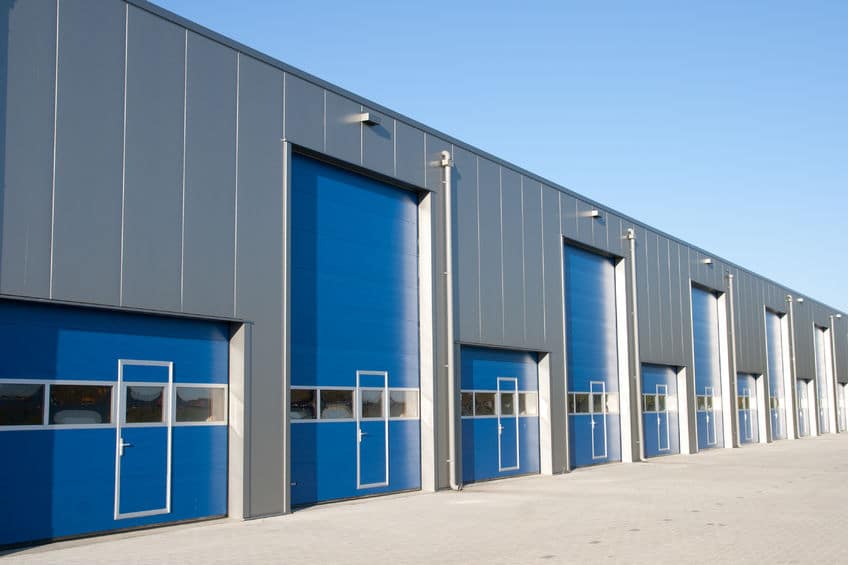The Green Warehouse
Businesses are greening their warehouses to lower costs and reduce resource in pursuit of zero-net energy (ZNE) even without the pressure of government regulations.
A 2010 mandate in Europe is pushing companies there to achieve ZNE status for commercial buildings by 2020. To be ZNE, buildings must create onsite energy equivalent to the amount of energy they use. In the Middle East, Asia and Africa, where most of Agility’s warehouses are located, ZNE is still a distant objective. Michel Saab, CEO of Agility Logistics Parks, Operations, says the two most expensive warehousing costs are lighting and air conditioning. Ed Klimek of KSS Architects notes that lighting accounts for nearly 30 percent of the energy use within a distribution center.
Finding a sustainable solution for lighting is easier than solving the problem of exorbitant airconditioning costs. “Most of what can be done is already done at Agility,” Saab says. Skylights that provide natural light are an option for warehouses where temperature-controlled goods aren’t stored. At Agility warehouses, LED lights have replaced typical incandescent and fluorescent bulbs. Energy Star estimates that LED lights are 90 percent more efficient than incandescent lights. Another cost-savings measure is to connect lighting to a motion-sensor system that will turn off lights automatically in unoccupied spaces.
Agility has the capability to operate a similar system by customer request, but there are technical constraints in spaces where light fixtures are embedded in 14- to 16-meter high ceilings. Air conditioning is expensive and drains a lot of energy, especially in the Middle East. “Agility is looking for new air conditioning solutions, and it is a priority because of the extreme heat,” Saab says. It’s too early to say there’s a direct, viable alternative to conventional air conditioning, but Agility is finding green workarounds. Warehouses can be oriented to avoid direct sunlight and maintain low thermal heating, and UV-blocking skylights can be installed to reduce heat up to 85 percent. What’s more, water-cooled chillers can be used instead of air-cooled chillers to reduce electric demand. Simply defined, a “sustainable warehouse” is one that makes little impact on the surrounding environment (including land, water sources and wildlife), draws modestly from external power sources and is a comfortable environment for employees to work in. Though typically located on the fringes of communities – closer to air and seaports or major trucking thoroughfares – warehouses can have a major effect on a community.
They generate jobs, but they can also draw significantly from the power grid and contribute to pollution. Adopting sustainable practices within a warehouse not only benefits the community, but also makes the warehouse less expensive to operate over time. A warehouse generating its own power is also more stable; it’s not subject to power grid interruptions that compromise security systems or cold storage systems for special products. For its part, Agility is making strides toward ZNE.
“We’re working toward putting photovoltaic panels on warehouse roofs to generate our own power and electricity,” Saab says. Any effort toward environmental sustainability must be sustainable for the business as well, and that’s the current challenge. “We measure our energy consumption to pay the bills,” Saab says. But in the future, Agility can analyze those measurements to identify areas where energy use could be reduced – or even produced on warehouse premises.

